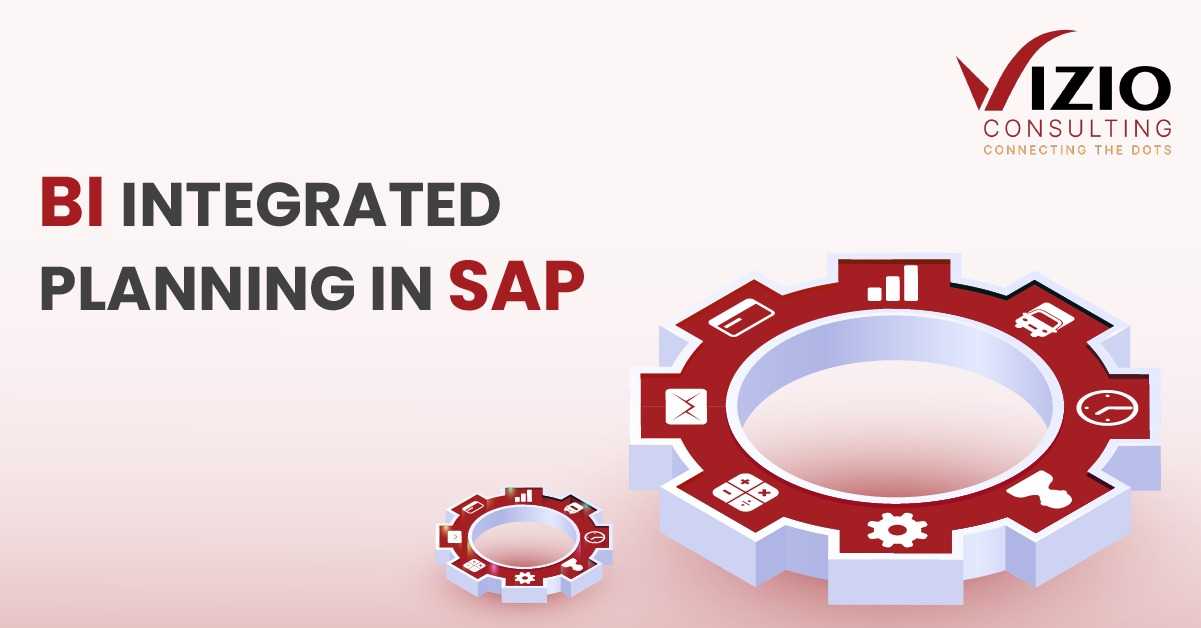ntroduction to SAP BI
The planning SAP Portfolio is evolving. SAP Analytics Cloud improves the reporting and planning system landscape (SAC). Or perhaps you are amid a BW/4 or S/4 HANA project. Whatever the state of your existing planning system landscape may be, there is a good possibility that a SAC, S/4, or BW/4 project will influence you. With this blog our aim is to assist and steer you if you’re looking for information on what your planning approach should comprise. There’s also a description of the methodologies, comparison criteria, applications, and outlook.
Planning Approaches in SAP BI
There are now 3 basic ways to how your planning architecture might appear, coming from the planning and analytics industry. Of course, it may come in various flavors:
- Commercial Warehouse Method
- SAC Native Method
- S/4 Method
Each strategy makes sense depending on where you are coming from and where you want to be short. How to determine what is ideal for a consumer with a specific past is a challenging subject. And the solution is not straightforward. Additionally, you might combine several of the methods above. Datawarehouse Cloud (DWC) may also be important in the long run. If you have already made significant financial investments in SAP IP and want to recoup those costs, Approach 1 may be of particular interest to you. You may prefer to stick with the same model but use a more appealing interface like SAC instead of BEx. For all clients, whether or not they have experience with SAP IP, Approach 2 may be of interest. Any S/4 clients might find Approach 3 intriguing.
Comparing the Planning Approaches in SAP BI
We decided to construct applications and compare them to provide guidance and create experiences in settings inspired by the natural world. The following standards will be used for this purpose:
- Synchronization of Master Data
- Reference Data Integration
- Authorization Management and Generation
- Disaggregation and Logic
- Automatic Loads
- Performance
- License
- Debugging Options
- Look & Feel
- Usability
- Integration
- Flexibility
Applications SAP is actively working on the following applications: Approach 1: A soccer world cup betting game application is one strategy. Users can submit their wagers, and the Business Warehouse’s scoring mechanism and other more sophisticated functionalities are implemented and represented using SAC. SAC also functions as an environment for developing applications. Approach 2: The implementation of an application for entering daily steps The users’ daily activities can be recorded to track patterns over time. The system landscape won’t include a Business Warehouse. SAC is used for the development of all logic and applications. Approach 3: We write data into the ACDOCP database, and plan data live in the S/4 HANA system.
Find out how to add a planning function to SAP BW.
The last planning tool is SAP BI-IP (Business Intelligence – Integrated Planning). Technically, this tool can be found within the BW program and accessed using transaction RSPLAN. Sometimes it’s unclear who should be doing what because the SAP BI IP application is located inside the BW application. Typically, the BW consultant will assist you in creating KPIs (Key Performance Indicators). The BW program also serves as a store for the “budget against actuals” data for several of the planning functions previously discussed. You must be able to advise the organization on planning processes if you want to be a successful SAP BW consultant. However, planning is typically a process that is carried out at different organizational levels. Usually, the company’s financial department takes the lead in the process or is, at the very least, quite interested in it. What is the breakdown of Business Planning, then? Three different levels:
- Strategic Planning
- Operational Planning
- Execution Planning
Strategic Planning Strategic planning aims to determine how an enterprise will evolve in the future, taking into account factors including the scope of its products and services, expected returns on investment, expansion strategies, and long-term goals. Scenario-based planning is highly sought after for this kind of planning since it enables you to test various scenarios to see which achieves the goal with the least amount of risk. Operations Planning Operational planning entails allocating the labor, capital, and assets required to achieve the goals and reconciling the resources across operational units. For instance, if your production capacity is 200 bottles per month, but you can sell 1000 bottles of the product in August (sunscreen), you must produce at least 800 bottles from August. Execution Planning The outcomes of operational planning are subsequently used to carry out execution planning.
Conclusion
When you work with VIZIO, you can rely on a partner with extensive experience in designing and implementing planning systems for use in various sectors. We consider your current SAP ERP planning applications for accounting, sales, and logistics. By doing this, we create solutions deserving of the term “integrated.” Our experts provide personalized demos after understanding the business needs. Click
here to talk to our experts.

